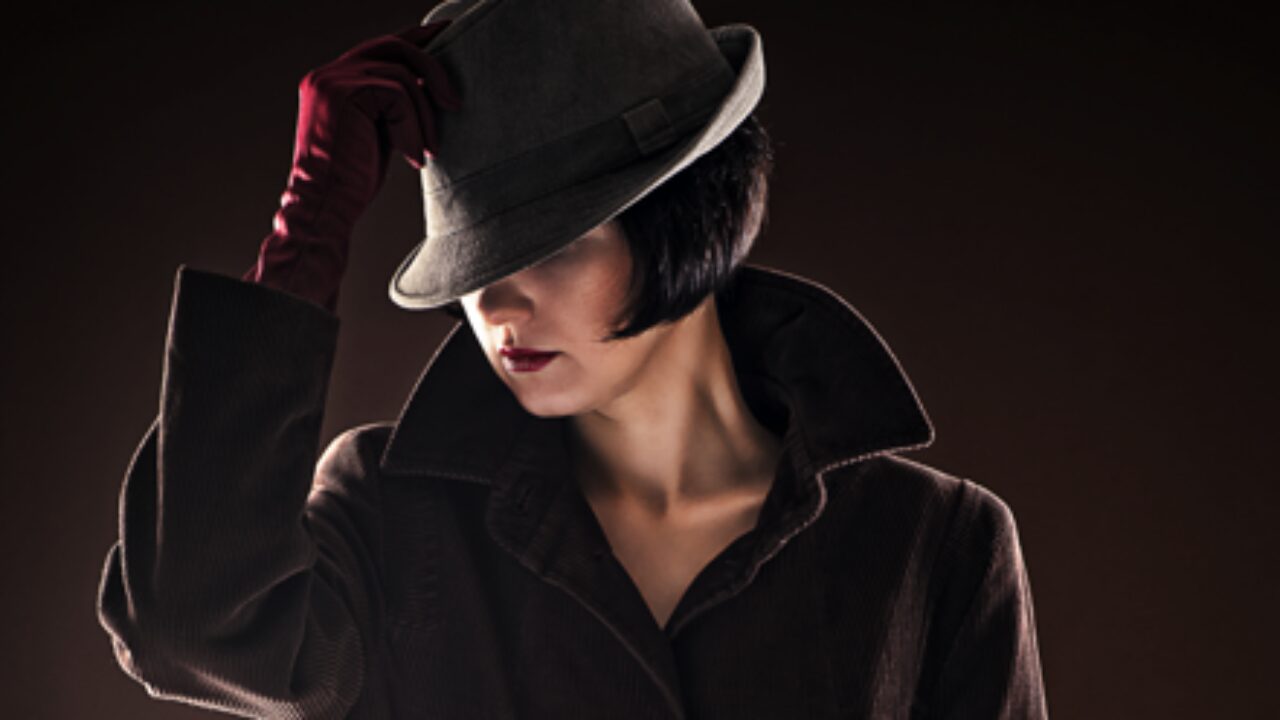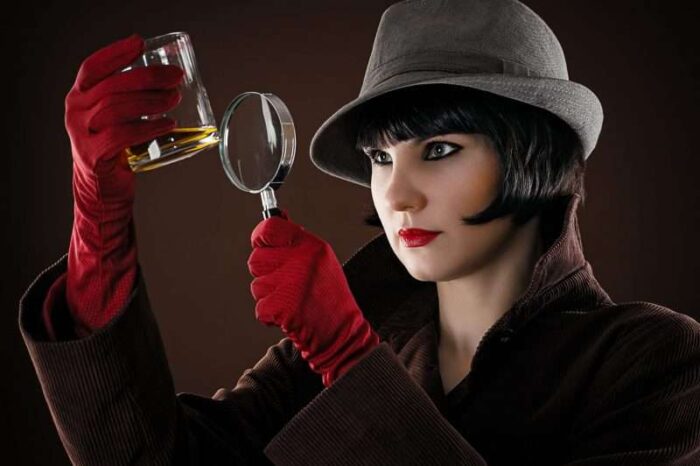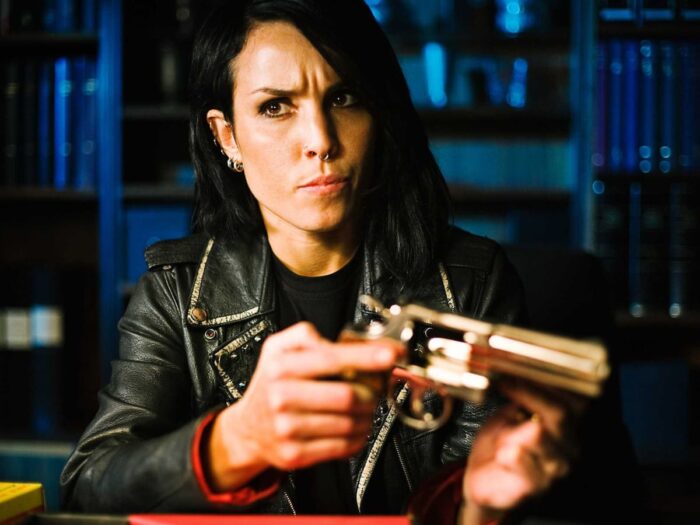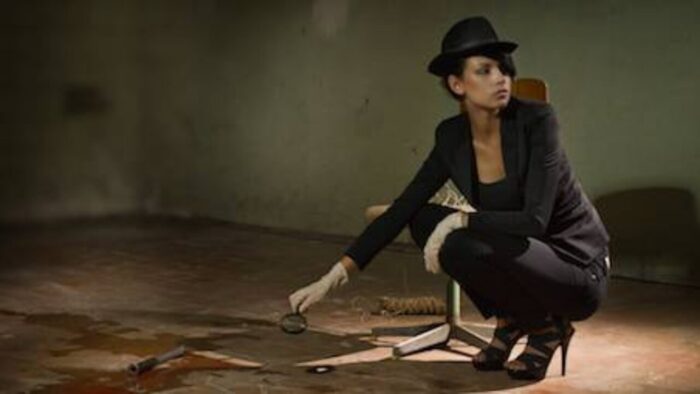
From the fog-laden streets of Victorian London patrolled by Sherlock Holmes to the noirish alleys of Los Angeles investigated by Philip Marlowe, detectives have long been the lifeblood of murder mystery fiction.
They are our guides through intricately woven narratives of deceit and danger, their sharp minds our greatest weapon against the enigma at hand. But what happens when we begin to see more and more of these detective roles being filled by women?
Well, we bear witness to a fascinating evolution, as the genre that once overwhelmingly featured male protagonists starts to champion a new narrative, one that is defined by female grit, intelligence, and resourcefulness.
Welcome to our exploration of female detectives in murder mystery fiction, where the suspense of crime-solving is interwoven with the complexity of women’s experiences. In this genre, you’ll encounter formidable women, from trailblazing characters that defied societal norms of their era, to modern heroines who challenge us to rethink our understanding of strength, intuition, and justice.
Early Representation of Female Detectives

The early representation of female detectives in murder mystery fiction was both groundbreaking and transformative, injecting a fresh and intriguing perspective into the murder mystery genre. In a world that was primarily dominated by men, female detectives emerged as an emblem of a progressive shift in the narrative.
A prime example is Agatha Christie’s iconic creation, Miss Jane Marple. Debuting in 1927 in The Murder at the Vicarage, Miss Marple was a refreshing departure from the conventional detective archetype. Despite being an elderly spinster residing in a small village, she used her sharp intellect, keen observation skills, and profound understanding of human nature to unravel complex mysteries that even professionals struggled to solve.
Miss Marple defied the expectations of her time, proving that insight and intelligence could come from the most unexpected quarters.
Another pioneer of female detectives in literature was Carolyn Keene’s Nancy Drew. First appearing in 1930, Nancy was a teenage amateur detective, driven by curiosity and determination.
With her fearless demeanor and critical thinking, Nancy broke the mold of the typical young woman as portrayed in most literature of her time. Similarly, Sara Paretsky’s creation, V.I. Warshawski, a private investigator from Chicago, brought a new wave of change in the late 20th century.
First introduced in 1982’s Indemnity Only, Warshawski was not just tough and tenacious but also fiercely independent, often venturing into dangerous situations that were traditionally reserved for male characters. These early characters were the pioneers of a revolution, challenging societal norms and transforming the literary landscape of murder mystery fiction.
Modern Portrayals of Female Detectives

Modern murder mysteries have seen an exciting evolution in the portrayal of female detectives, moving beyond mere sleuths into multidimensional characters with real-world issues and complex personalities.
Consider Stieg Larsson’s Millennium series, where we meet Lisbeth Salander, an unconventional detective with an intricate past and a sharp intellect. Salander is a unique, non-traditional detective who uses her hacking skills and street smarts to solve mysteries. Her character breaks stereotypes and norms, and her dark past provides a grittier, more realistic perspective on her motivations and actions.
Lisbeth is an anti-heroine, representing the raw and unapologetic strength of modern women in a society that often seeks to undermine them.
Sue Grafton’s Alphabet series introduced us to Kinsey Millhone, a private detective in the 1980s. Millhone is not just a detective but a fully-realized woman dealing with her own personal issues while cracking cases.

She is not flawless; she has a complicated love life, struggles with personal dilemmas, and often makes mistakes – all of which make her relatable. Similarly, Tess Gerritsen’s Detective Jane Rizzoli from the Rizzoli & Isles series breaks from the stereotype of a hardened, male detective. Rizzoli, a Boston homicide detective, is tough, competent, and determined.
Yet, she is also human, battling her insecurities, dealing with her complicated family life, and forging her path in a male-dominated profession. Modern portrayals of female detectives thus provide us with not just suspenseful narratives, but also nuanced explorations of women’s experiences in a challenging world.
Impact of Female Detectives on Murder Mysteries

Female detectives have had a profound impact on the murder mystery genre, not only enriching it with diverse character perspectives but also broadening its thematic scope. They have helped the genre evolve beyond simple crime-solving narratives to include explorations of social issues, personal struggles, and the female experience.
This shift is significant as it expands the genre’s reach, engaging a wider audience and fostering greater empathy and understanding for diverse experiences. For instance, characters like Sara Paretsky’s V.I. Warshawski not only solve mysteries, but also grapple with gender inequality, discrimination, and personal adversity, all of which adds a layer of depth to the story.
The rise of female detectives has also played a pivotal role in altering readers’ perceptions and expectations of the genre. While the traditional image of the detective was largely a male figure – cerebral, solitary, and somewhat aloof – the introduction and growing popularity of female detectives have disrupted this stereotype.
These women, armed with their unique strengths, emotional intelligence, and diverse backgrounds, have shown that detective work is not exclusive to a specific gender or personality type. They’ve also highlighted the value of characteristics often associated with femininity, such as empathy, intuition, and collaboration, in solving mysteries.

In the winding lanes of murder mystery fiction, female detectives have emerged as powerful icons, reshaping narratives and breaking barriers with their wit, tenacity, and depth. Their presence has diversified the genre and challenged long-standing stereotypes. As we continue to turn the pages, we can anticipate a future where these intriguing characters will keep on enriching the genre, leading us through uncharted territories, and reminding us that everyone has a role to play in the pursuit of truth and justice.














